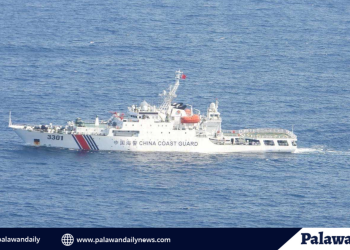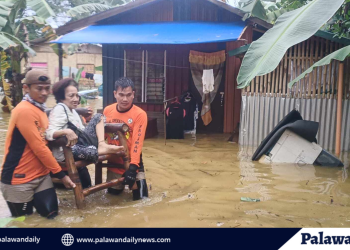The Department of Science and Technology (DOST) said that the country has a shortage of researchers, scientists and engineers (RSE) which is only at 180 per million population way below of the ideal 380 per million population based on the standards set by the United Nations Educational, Scientific and Cultural Organization (UNESCO).
Karl Vernon G. Tamban, Senior Science Research Specialist of the DOST-MIMAROPA, said that based on the country’s current population, the number of RSE is not the ideal number.
“Kung meron na tayong 108 Million population, malaki at marami na sanang researches, scientist and engineers tayo. Our RSE is 180 per million only, still way below the ideal number of RSE which is at 380 per million,” he said.
If the 380 RSE is attained based on the 108 million population, the country should have 41,040 RSE, however, since there are only 180 per million population there are only 19,440 RSE in the entire country.
Tamban explained that as what is set forth in the UNESCO that one percent of the country’s GDP expenditures should go to the research and development programs, however, currently, the country’s budget allocated for the R&D is merely 0.2 percent.
“Unfortunately in 2017, only an equivalent of 0.2 percent of the GDP, was allocated for the government’s R&D. The DOST is targeting that by 2022, they will raise the merely 0.2 percent two years ago, into 0.5 percent by 2022,” Tamban said.
The country’s standing in several could have been reflective of our shortage of RSE, because based on the recent Global Competitiveness Index, Philippines ranked 56 out of 137 economies.
“Ang Pilipinas ay nasa hindi ganun ka stable ang trend,” he said.
But despite that, the Philippines’ ranking in other areas has improved, like that in the WEF-Global Innovation Index, the country’s ranking from 73rd place in 2017 it jumps to 54th place in 2018.
Beyond the stellar performance and numerous achievements of the DOST last year, such as the launch of the country’s second microsatellite Diwata 2 and the signing of the Balik Scientist law, among others, the agency said that they are improving three key areas this time: manpower, infrastructure and innovation.
The country’s indices in international rankings must progress in order for investors to appreciate that the Philippines is ready for higher-level investments.
This is why, the DOST is investing in the key areas because this is the country’s weakness. In order to make the country a more inductive venue for investment and focused on giving the regions opportunities for growth.
Under the Science for Change program of the DOST, the Niche Centers in the Regions for R&D (NICER) Program is geared toward expanding the R&D pool by accrediting universities in the regions to be capable of doing research and development. The DOST collaborated with the Commission on Higher Education (CHED) in providing funding for laboratory infrastructure, and boost the R&D in the regions.




















Discussion about this post